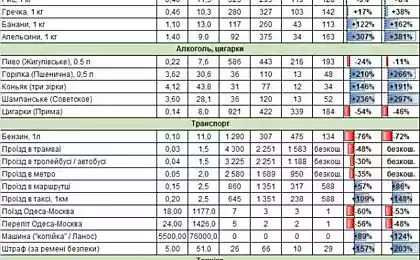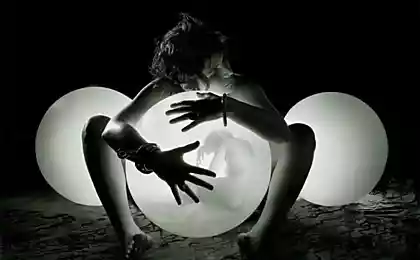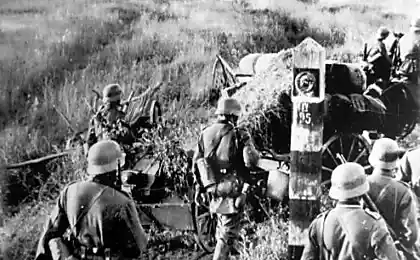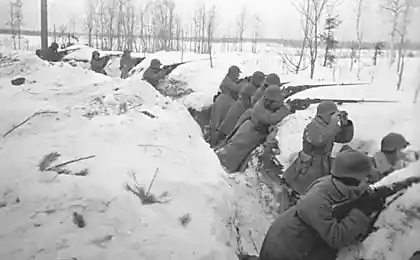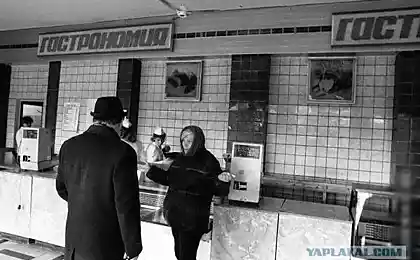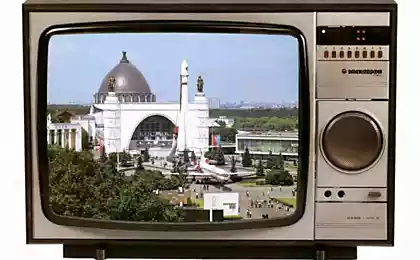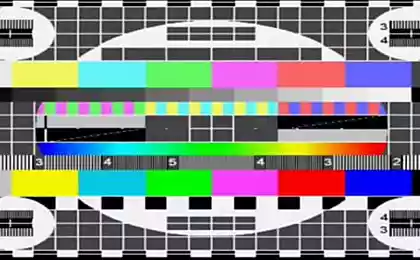281
Let's go back to the past and remember why Soviet TVs broadcast only two programs.
Soviet television It began broadcasting later than the western one, but gradually went beyond the capital and became all-Union. The first television sets in the USSR were an exact copy of foreign models. For example, the Leningrad T-1 was very similar to the German counterpart, and the legendary KVN-49 was a copy of the American RCA 621TS. I wanted to play “Find 10 Differences!”

The variety of channels Soviet television did not differ, but for the bulk of citizens was a luxury even TV Soviet production, broadcasting 2 channels. But the owners of television antennas, who lived closer to the western border, managed to catch an additional signal.
Soviet television with incredible speed won the hearts of viewers and became very popular. There are hundreds of channels and there is nothing to see. And then it was a huge progression when instead of two channels, they started showing four. However, they had to look for a long time, clicking the switch on all 12 divisions, and then still improve the quality of the received signal using the console.

No one really can explain why there was a 12-channel switch on the Rubin-101 TV when only 4 channels were broadcast. Whether the producers were optimistic and hoped that tomorrow or the day after tomorrow there will be more channels, whether the signals overlapped, or copied the TV receiver exactly from the Western sample is unknown.
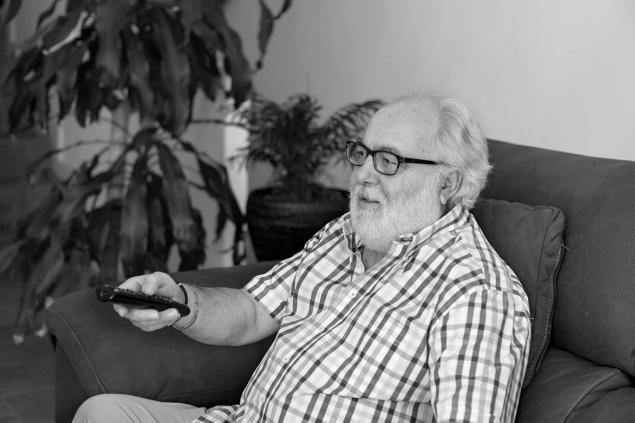
For a long time, the programs were broadcast only live, and from late evening to morning no one watched television. But Soviet citizens eagerly awaited their favorite programs and gathered for viewing by the whole family.
Soviet television broadcast figure skating, hockey and football - citizens could not break away from the screens. The programs “Time”, “Rural Hour” and “Serve the Soviet Union” became popular. The adult audience was interested in the program “Health”. I liked the viewers of the “Cinema Panorama”, led by Eldar Ryazanov. We sat down at the TV to watch “From the heart” with the leading Leonova.

And how exciting was Drozdov program "In the world of animals!" To taste, the audience had the transfer of Senkevich “Cinema Travel Club”. He opened the “Iron Curtain” and told viewers about the events abroad the TV magazine “International Panorama”. A real sensation was the transfer of “Vision” by Vladislav Listyev – for his views he paid with his life!
Insanely liked Soviet viewers such entertainment programs as “Morning Mail”, “Musical Kiosk” and “Wide circle”. Produced a furor of the transfer “Blue light” and “Song of the year”. Children in crowds gathered at the screens when the program “Visiting the fairy tale” began. The guys tried not to miss the show “Good night, kids!” Then they were pleased with the “Cartoon to order” and “Fun carousel”.

The viewers watched with bated breath the heroes of Soviet films and admired the amazing performance of the actors. Everyone watched "Seventeen Moments of Spring" and "The Meeting Place Cannot Be Changed."
Until now, people are happy to review the old comedy “Operation “Y” and other adventures of Shurik” and “Office romance”. The melodrama “Moscow does not believe in tears” caused a storm of emotions, and when the Brazilian series “Slave Isaura” was first shown in the USSR, the whole country sobbed at the screens.
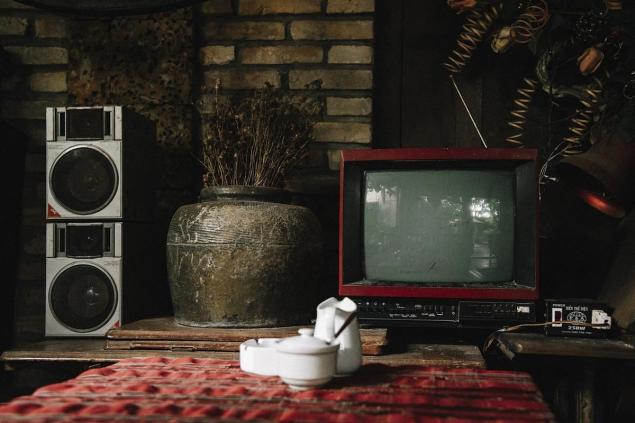
Soviet television, like all Soviet television, was imbued with party ideology. But everyone found something to see and was satisfied.

The variety of channels Soviet television did not differ, but for the bulk of citizens was a luxury even TV Soviet production, broadcasting 2 channels. But the owners of television antennas, who lived closer to the western border, managed to catch an additional signal.
Soviet television with incredible speed won the hearts of viewers and became very popular. There are hundreds of channels and there is nothing to see. And then it was a huge progression when instead of two channels, they started showing four. However, they had to look for a long time, clicking the switch on all 12 divisions, and then still improve the quality of the received signal using the console.

No one really can explain why there was a 12-channel switch on the Rubin-101 TV when only 4 channels were broadcast. Whether the producers were optimistic and hoped that tomorrow or the day after tomorrow there will be more channels, whether the signals overlapped, or copied the TV receiver exactly from the Western sample is unknown.

For a long time, the programs were broadcast only live, and from late evening to morning no one watched television. But Soviet citizens eagerly awaited their favorite programs and gathered for viewing by the whole family.
Soviet television broadcast figure skating, hockey and football - citizens could not break away from the screens. The programs “Time”, “Rural Hour” and “Serve the Soviet Union” became popular. The adult audience was interested in the program “Health”. I liked the viewers of the “Cinema Panorama”, led by Eldar Ryazanov. We sat down at the TV to watch “From the heart” with the leading Leonova.

And how exciting was Drozdov program "In the world of animals!" To taste, the audience had the transfer of Senkevich “Cinema Travel Club”. He opened the “Iron Curtain” and told viewers about the events abroad the TV magazine “International Panorama”. A real sensation was the transfer of “Vision” by Vladislav Listyev – for his views he paid with his life!
Insanely liked Soviet viewers such entertainment programs as “Morning Mail”, “Musical Kiosk” and “Wide circle”. Produced a furor of the transfer “Blue light” and “Song of the year”. Children in crowds gathered at the screens when the program “Visiting the fairy tale” began. The guys tried not to miss the show “Good night, kids!” Then they were pleased with the “Cartoon to order” and “Fun carousel”.

The viewers watched with bated breath the heroes of Soviet films and admired the amazing performance of the actors. Everyone watched "Seventeen Moments of Spring" and "The Meeting Place Cannot Be Changed."
Until now, people are happy to review the old comedy “Operation “Y” and other adventures of Shurik” and “Office romance”. The melodrama “Moscow does not believe in tears” caused a storm of emotions, and when the Brazilian series “Slave Isaura” was first shown in the USSR, the whole country sobbed at the screens.

Soviet television, like all Soviet television, was imbued with party ideology. But everyone found something to see and was satisfied.
Our guardian angel is always in touch, but there are special hours when you can turn to him for help.
The story of a mother who raised a selfish son, and now can not cope with him







